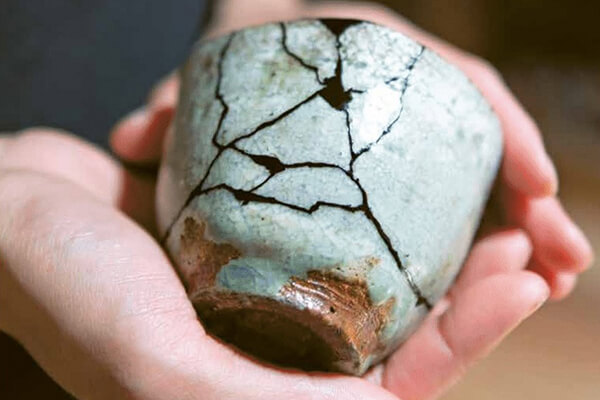
Modern Japanese culture, though progressive technologically, still celebrates and supports the lives and work of craftspeople. The makers themselves are fiercely proud of the long traditions of their crafts – whether in woodwork, wire, ceramics, glass, paper or textiles – and see great importance in carrying these traditions into the future. They often feel called to their chosen medium and take satisfaction in knowing their work will live on past their own lifetime.
The makers often use modern equipment and materials, but many also follow traditional methods and work with simple tools that have been passed down through generations. Each artist has their own style, but all are passionate, dedicated and truly inspirational.
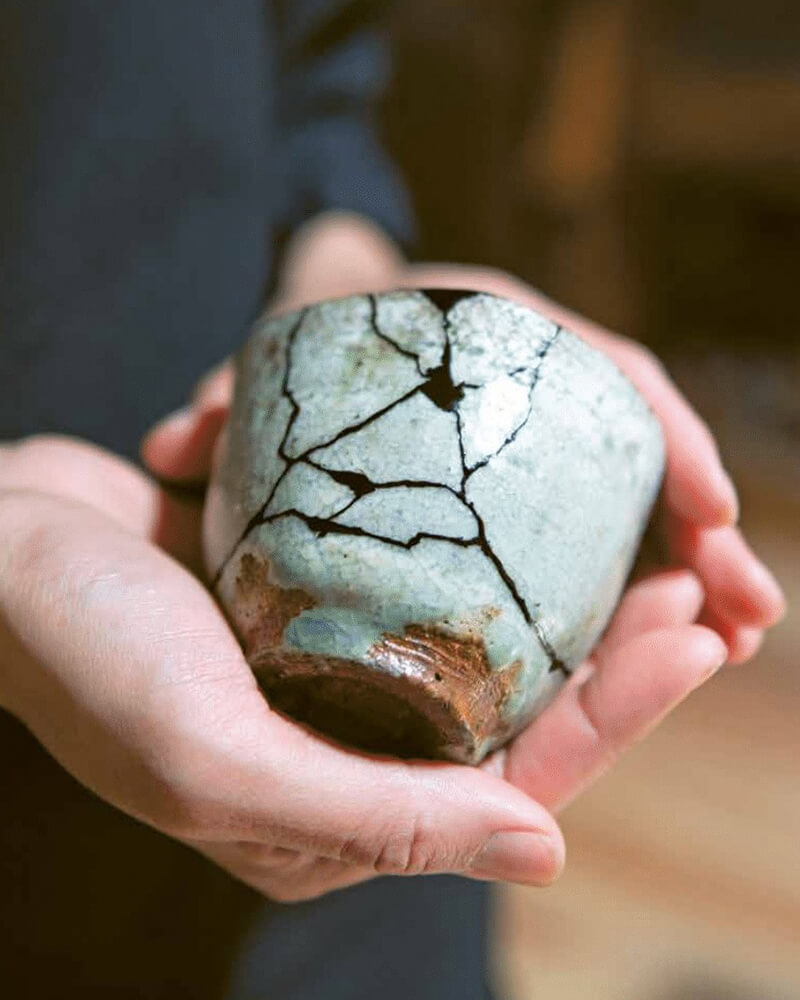
Kintsugi is the Japanese art of repair, specifically the repair of ceramics. In its truest and traditional form, it is a profound and powerful art based on the philosophy that something is more beautiful because it has been broken and repaired. Mio Heki devotes her working life and her artistic heart to this skilled conservation technique, which uses urushi (a tree sap) dusted with gold.
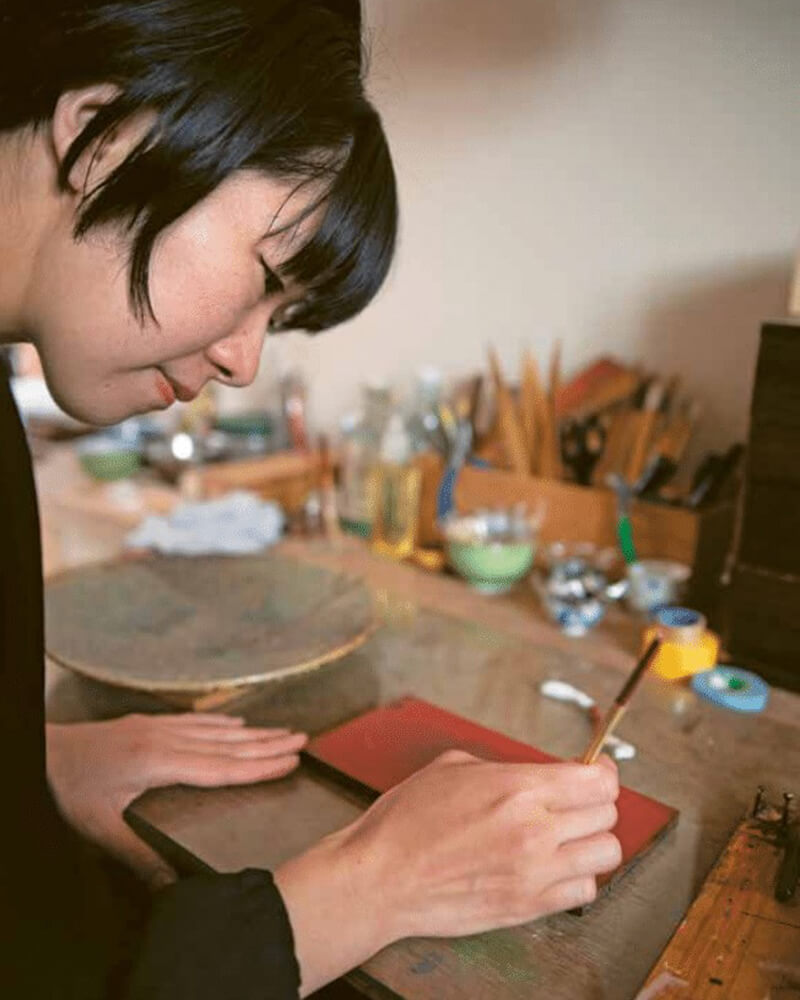
Mio’s small but beautifully appointed atelier is located in a north-western suburb of Kyoto. It includes an area where she displays her work – which extends to lacquerware jewellery and lacquer objects – a drying cupboard and her work table. The table is short-legged, like traditional Japanese dining tables, so she can sit on the floor while she works. She says she feels most grounded working this way.
After majoring in the traditional craft of lacquering at Kyoto City University of Arts, Mio worked in a studio that restored temple ornamentation. In that role, she learnt more about kintsugi and was asked to repair a sacred temple bowl. Working on the bowl, she immediately felt that this type of work was her calling. It is a calling that has become a profession, one which now includes teaching kintsugi in Kyoto, as well as in cities including Paris and Amsterdam.
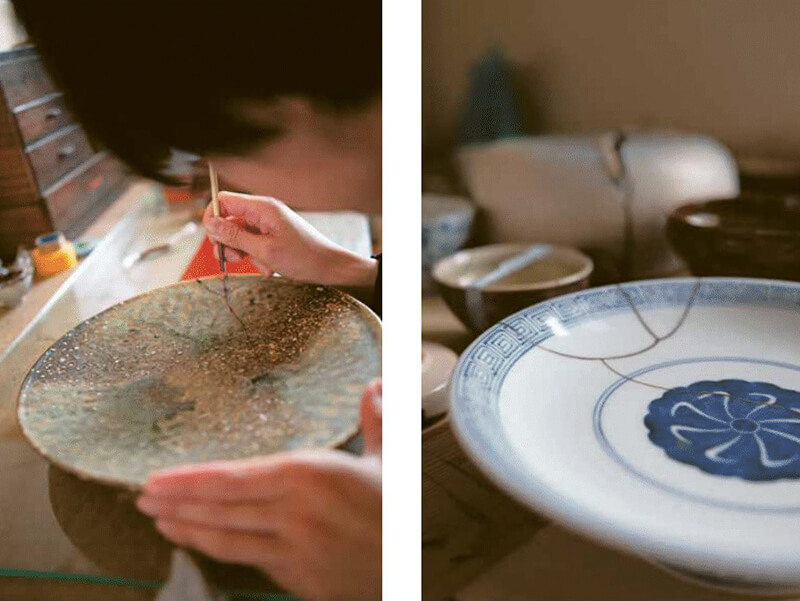
Mio finds it very special to be able to fix and restore a piece that has been loved and respected, saying she ‘hears the voice’ of the thing in her hands. ‘It is being present and conscious of the object, of how it was loved by the person, of the hands that made it. It is always being sure not to change the artwork’s shape from its original form, but to fix and add gold, thus showing great care to its ongoing life as an object.’
The practical work of kintsugi is long and repetitive, as well as requiring dexterity and patience. Mio feels that her art practice has benefits in her daily life; the process has become like a meditation to her. She shows great respect to her tools, believing that they are sacred and deserving of special
care. She has made many of the implements herself, cutting and planing cypress spatulas to mix the urushi, for example, and built racks to hold the tools between uses. In her spare time, Mio is studying traditional tea ceremonies, and she reflects that her love and care of her tools is in keeping with the reverence shown for the equipment used in a tea ceremony. In both instances, tools are cleaned at every point, and kept organised and in good repair, honouring their important part in the ritual.
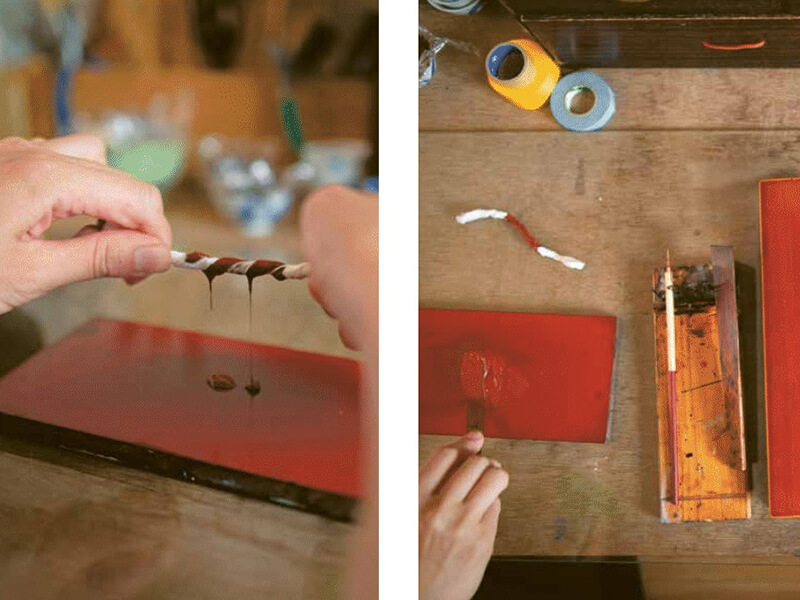
Mio shows equal respect to the materials she uses the urushi; the (real) gold, in fine powder form; and the jinoko and tonoko, the clay-type powders used for mixing. They are cared for in honour of nature and its limited resources; no part is wasted or discarded.
With the drying process taken into account, repairs can take up to a year to complete, depending on the intricacy of the break or chip and the size of the object. With good humour, Mio says that most days consist of ‘painting, sanding, painting, sanding – but that is okay, it takes time to make something beautiful.’ A vessel repaired by Mio will not only hold, as she attests, ‘the soul of the maker and the owner’ but also the spirit of this talented and thoughtful woman who joins fracture lines and sprinkles them with gold.
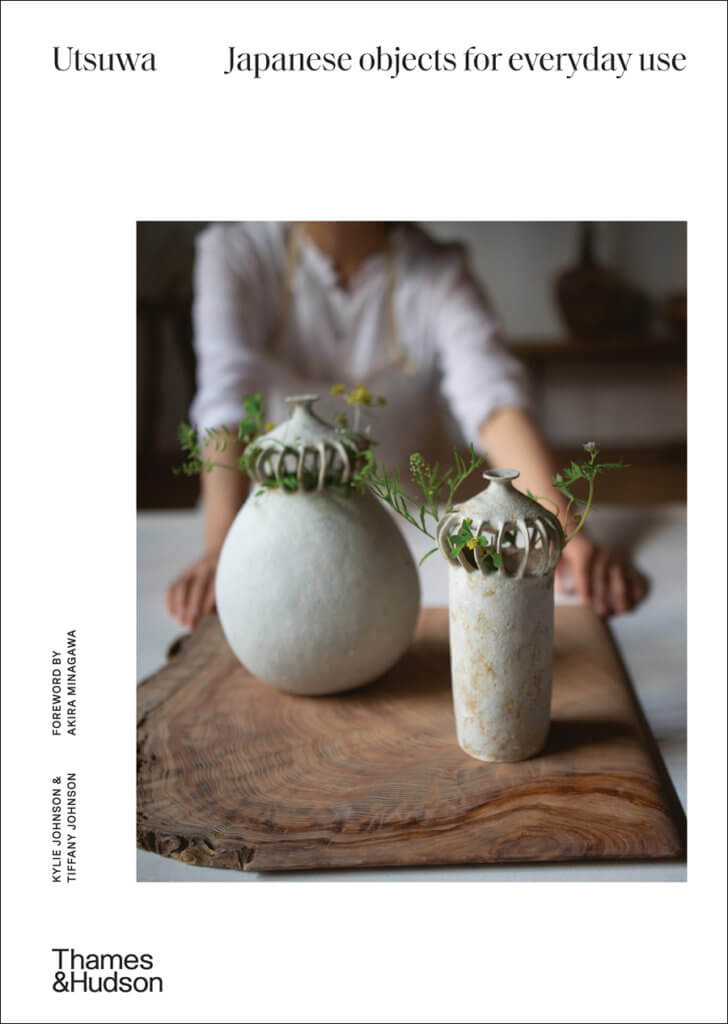
Utsuwa is available now. Text and photography by Kylie Johnson and Tiffany Johnson.
AU$59.99
Posted on February 1, 2022